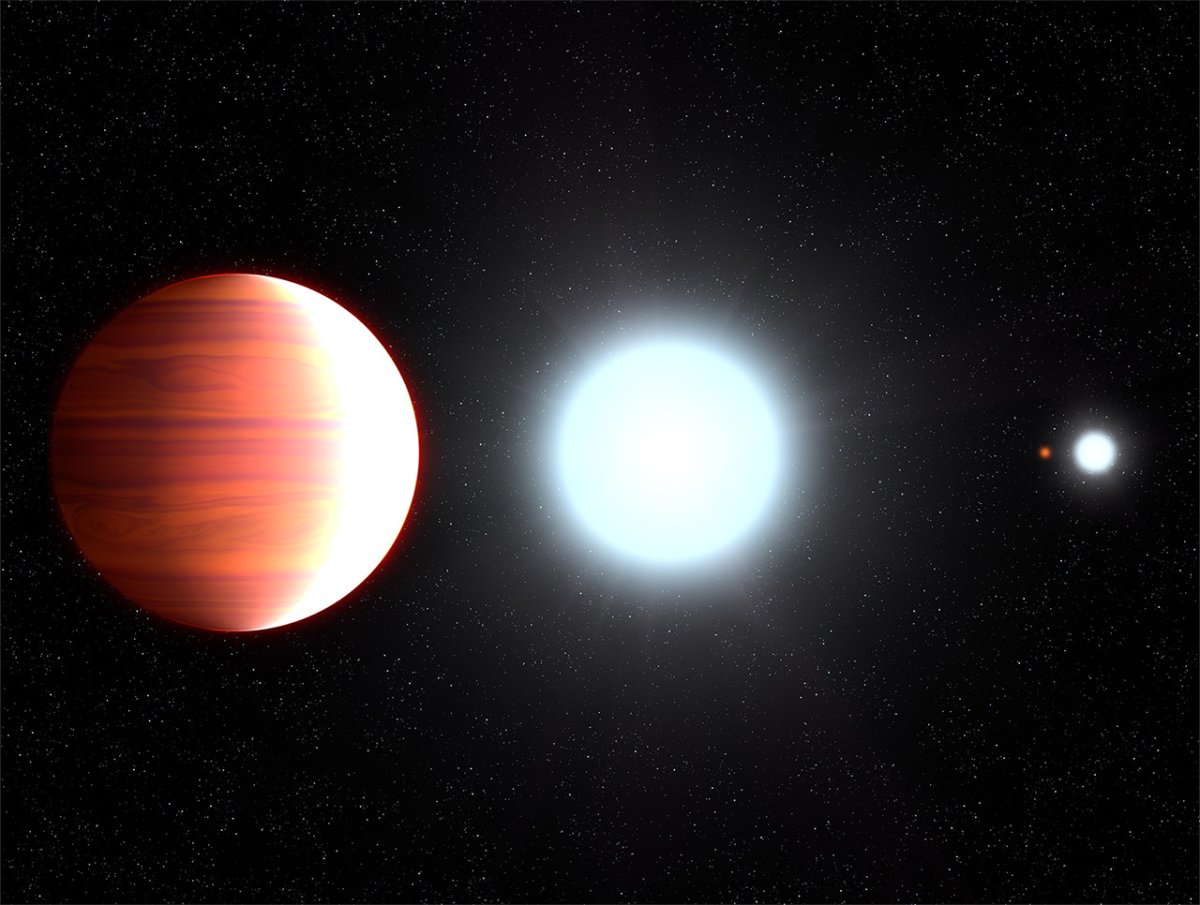NASA is adding to its list of weirdest planets in the known universe this week with the discovery of a super-hot world where sunscreen literally falls from the sky.

The “hot Jupiter” gas giant, dubbed Kepler-13Ab, is located 1,730 light-years from Earth, and it’s tidally locked to its star. That means one side is always facing the star and the other is in perpetual darkness, leading to huge temperature differences and a unique snowfall that is made up of the main ingredient in sunscreen: titanium oxide.
“The problem is the sunscreen precipitation only happens on the planet’s permanent nighttime side,” said a release issued by NASA late last week.
Astronomers believe that powerful winds carry the gas from the super-hot side (a balmy 2,760 C) around to the colder side, “where it condenses into crystalline flakes, forms clouds, and precipitates as snow.”
WATCH: After eight months, NASA space isolation experiment comes to an end

The planet’s immensely strong surface gravity is able to pull the titanium oxide snow out of the upper atmosphere and trap it in the lower atmosphere.
On other, similar planets, the gravity hasn’t been strong enough to pull the gas downward and turn it to snow before it can recirculate to the day side, making Kepler 13Ab quite unique.
READ MORE: NASA finds 10 more planets that could potentially have life
The team of researchers, who identified the planet using NASA’s Hubble space telescope, are hoping that the lessons learned from this and other strange worlds will help inform future work on planets that more closely resemble our own.
“In many ways, the atmospheric studies we’re doing on hot Jupiters now are test beds for how we’re going to do atmospheric studies on terrestrial, Earth-like planets,” said lead researcher Thomas Beatty of Pennsylvania State University in the release.
Other recent planetary oddities unveiled by NASA include a planet “that looks as black as fresh asphalt because it eats light” and is shaped like an egg.


Comments